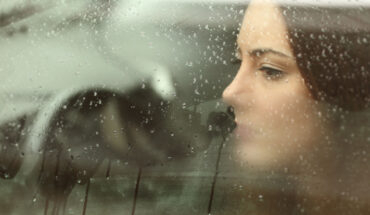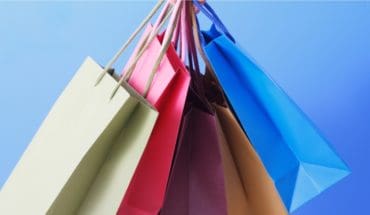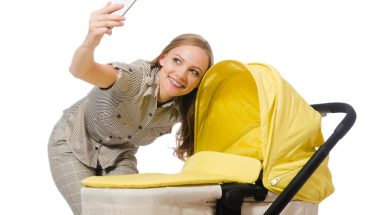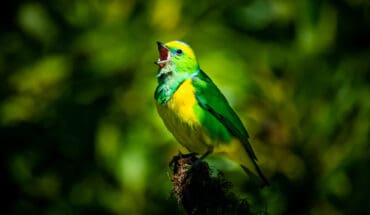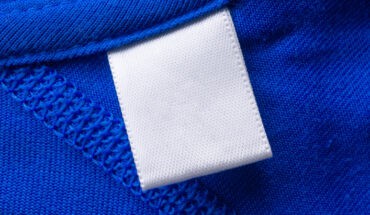From the seduction of the 19th-century séance through to the sensationalist stunts of contemporary mentalists, we cannot resist the lure of the seemingly impossible. But why? What can magic and conjuring tell us about the human mind?
‘Smoke and Mirrors: The psychology of magic‘, a major new exhibition at Wellcome Collection, is the first ever to focus on the relationship between magic and psychology. It will seek the truth about deception, ask how bias and suggestion affect our senses and decisions, and consider what it is about the human condition that means many of us believe in magic and the supernatural, even in the face of logical explanations. Why are our senses so easily fooled? Why do we get a thrill from experiencing a simple trick? What has science and psychology learned from magic?
‘Smoke and Mirrors’ will explore what magic reveals about the nature of belief, memory and perception and will chart how psychologists have used conjuring to help understand the appeal of the ‘supernatural’.
Wellcome Collection has drawn together magic props, photographs, films and large, colourful stage posters alongside original materials from extraordinary scientific experiments. Objects will include a ghost detection kit, spirit photographs, the ‘Bell Box’ used by Houdini to challenge the claims of 19th-century medium Mina ‘Margery’ Crandon, Paul Daniels’ recreation of P T Selbit’s original sawing-in-half box and a film by artist Daria Martin that explores illusion, transformation and sleight of hand.
The exhibition will cover three themes.
The Medium
The Medium will focus on the mass appeal of séances, spiritualism and celebrity mediums during the 19th and early 20th centuries and their relationship with the birth of science and psychology. Magic and the examination of paranormal phenomena played a key role in the emergence of psychology as a scientific discipline. Magicians helped to design scientific experiments that tested evidence from the séance room, and early psychical researchers were the first to illustrate that witnesses of extraordinary phenomena could sometimes be prone to malobservation.
This section will also explore the work of Maskelyne and Cooke – whose ‘anti-spiritualist’ show ran at the Egyptian Hall in Piccadilly, London for 30 years, making the venue synonymous with magic, and will focus on the investigation into the work of medium Mina ‘Margery’ Crandon by escapologist and magician Harry Houdini.
Misdirection
Misdirection will examine the power of misdirection, exploring how magicians ensure we miss crucial clues to the trick’s method while remaining unaware that our attention has been misdirected. The head of the gorilla costume worn by Derren Brown in his homage to Daniel J Simons and Christopher F Chabris’ famous ‘Invisible Gorilla’ experiment will sit alongside footage of Tommy Cooper’s comedic performance of the ‘Egg Bag’ trick, a classic ‘sucker’ trick in which he manipulates his audience through diversion.
This section will display popular magic sets, their contents revealing magic through the ages, and look at how the female assistant is a universally employed distraction technique. There will be films of cognitive psychologist and president of the Science of Magic Association, Gustav Kuhn, exploring how different types of misdirection used by magicians exploit our innate cognitive flaws.
Mentalism
Mentalism will look at how magicians can influence decision-making and create the impression that they can read your mind or implant a thought in your head. It will explore why horoscopes work and look at studies involving magic that ask whether it is possible for your decisions to be manipulated. It will touch on hypnotism as a stage act and the popular rise of telepathy and ESP – including a selection of submissions from the hundreds of members of the British public who took part in a BBC public extra-sensory perception experiment in 1967.
This section will explore questions of agency and how a magician can make you think you are making a free choice while skilfully leading you towards only one outcome. It will feature materials from a psychology experiment that uses a fake MRI scanner and sleight of hand to convince participants that a machine can control your thoughts, while considering the tendency of contemporary magicians to attribute simple trickery to complex (and often false) psychological phenomena.
The exhibition will consider how magic and science have always had a close history, despite apparent tensions between the two, and how the use of deception in different settings can have a negative and a positive impact on human health. The exhibition will include loans from across the globe, including the Magic Circle and Goldsmiths’ MAGIC lab.
‘Smoke and Mirrors: The psychology of magic’ will run from 11 April to 15 September 2019 and is curated by Honor Beddard and A R Hopwood. The exhibition is accompanied by ‘The Spectacle of Illusion: Magic, the Paranormal & the Complicity of the Mind’ by Matthew Tompkins, published by Wellcome Collection and Thames & Hudson.
- Gut microbiome could delay onset of type 1 diabetes - 3rd April 2025
- The da Vinci 5 Robot Is Set To Transform Bariatric Care: - 31st March 2025
- Beyond money: the hidden drivers fuelling child food insecurity - 31st March 2025


